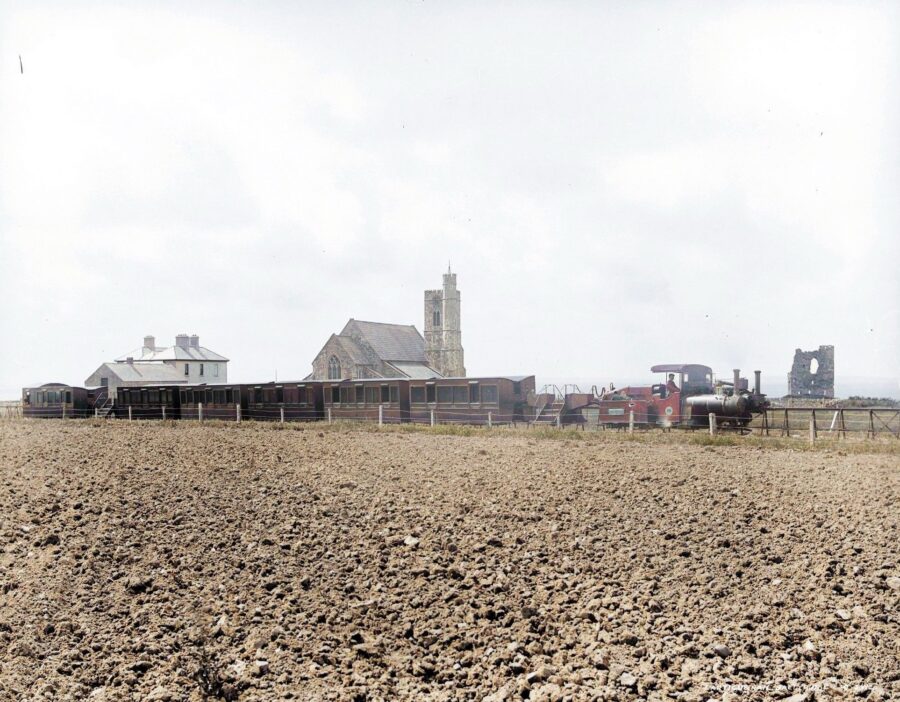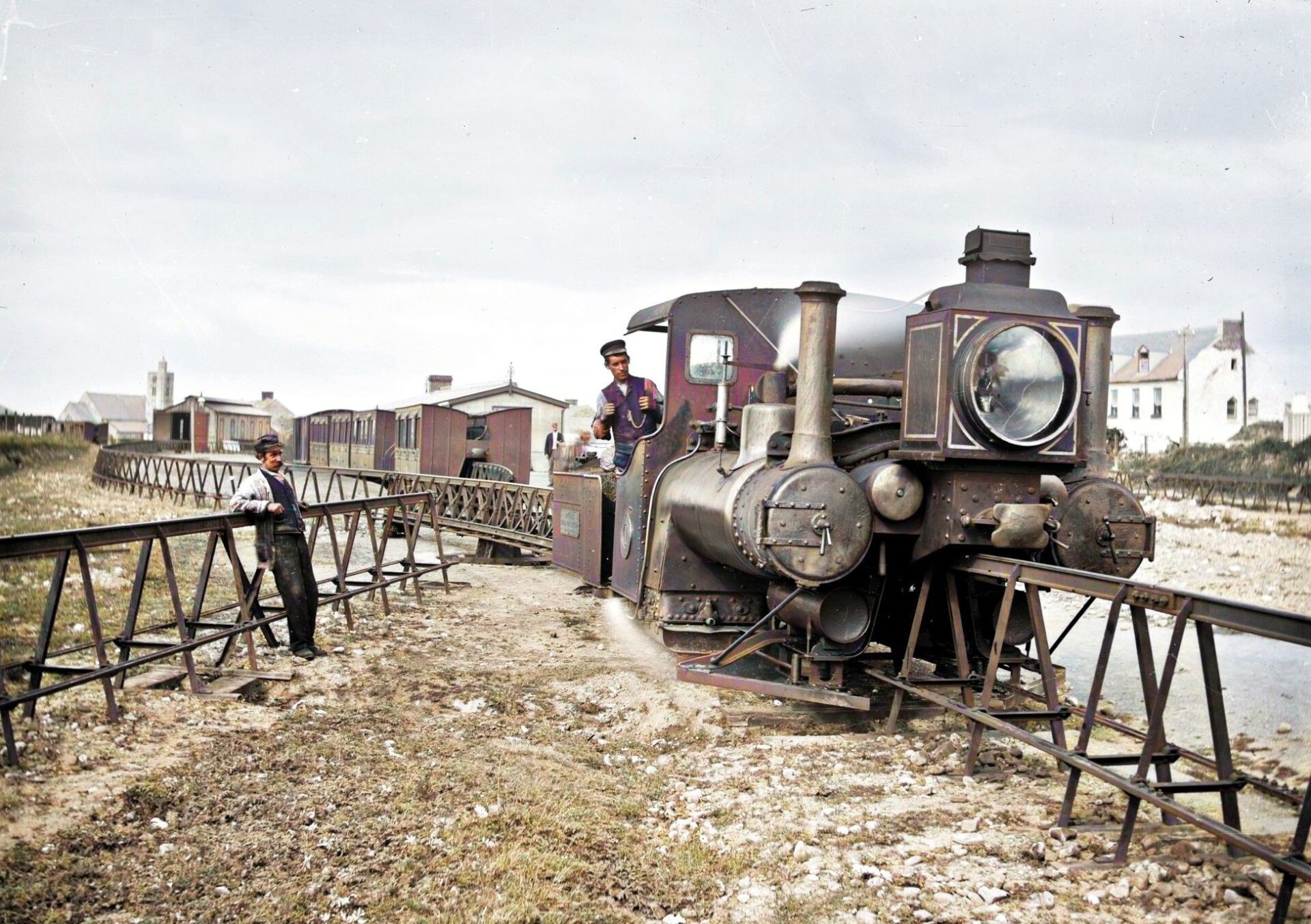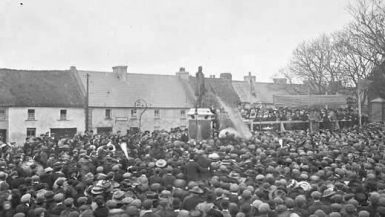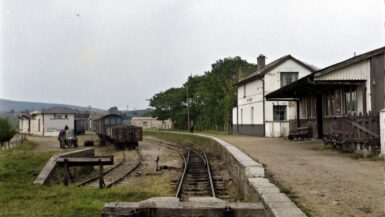Railway systems across the world have evolved to adapt to specific terrains, economic pressures, and technological advancements. In the heart of Ireland, the Lartigue Railway Station and its iconic monorail system have etched a mark that stands out in the annals of railway history. Serving as the world’s first monorail system, its intriguing inception, operation, and eventual decline tell a story that is both fascinating and emblematic of its times.
The Groundbreaking Lartigue Monorail System
Distinct from the traditional dual-track systems, the Lartigue Railway Station was the centerpiece of the Lartigue Monorail system situated in Listowel, County Kerry, Ireland. What set this railway apart was its groundbreaking single rail design, inspired by the visions of French engineer, Charles Lartigue.
A Vision Born in North Africa
Charles Lartigue’s visit to Algeria in North Africa laid the foundation for this innovative railway concept. Observing camels in the desert balancing heavy loads on both sides, Lartigue envisioned a rail system where a singular elevated rail would be the anchor, with carriages straddling it on either side. This was not just a departure from dual tracks, but a world-first in railway design.
Operational Highlights and Challenges
The historic Lartigue Railway Station commenced operations in 1888, providing a pivotal link between Listowel and the seaside town of Ballybunion, approximately 9 miles apart. Its day-to-day operations fell under the purview of the Listowel and Ballybunion Railway Company.
While the concept was revolutionary, it brought its set of operational intricacies. The unique straddle-car design meant that when passengers or cargo from one side disembarked, a similar weight on the opposite side needed to be simultaneously offloaded to maintain equilibrium. Additionally, the exclusivity of its design meant that any equipment or components needed bespoke manufacturing, elevating operational costs.
The Sunset of the Lartigue Era
Despite its innovative design, the Lartigue faced increasing challenges in the early 20th century. The blossoming of road transportation options and the inherent complexities of the monorail system made it hard for the Lartigue to sustain. This culminated in its closure in 1924, bringing an end to 36 years of avant-garde railway service.
However, the end of its operations did not mean the end of its legacy. Today, the memories and historical significance of the Lartigue Railway are meticulously preserved at the Lartigue Monorail and Museum in Listowel. Here, visitors get a chance to witness replicas of the original monorail, accompanied by a demonstration track, giving a tangible touch to a bygone era.







Leave a reply